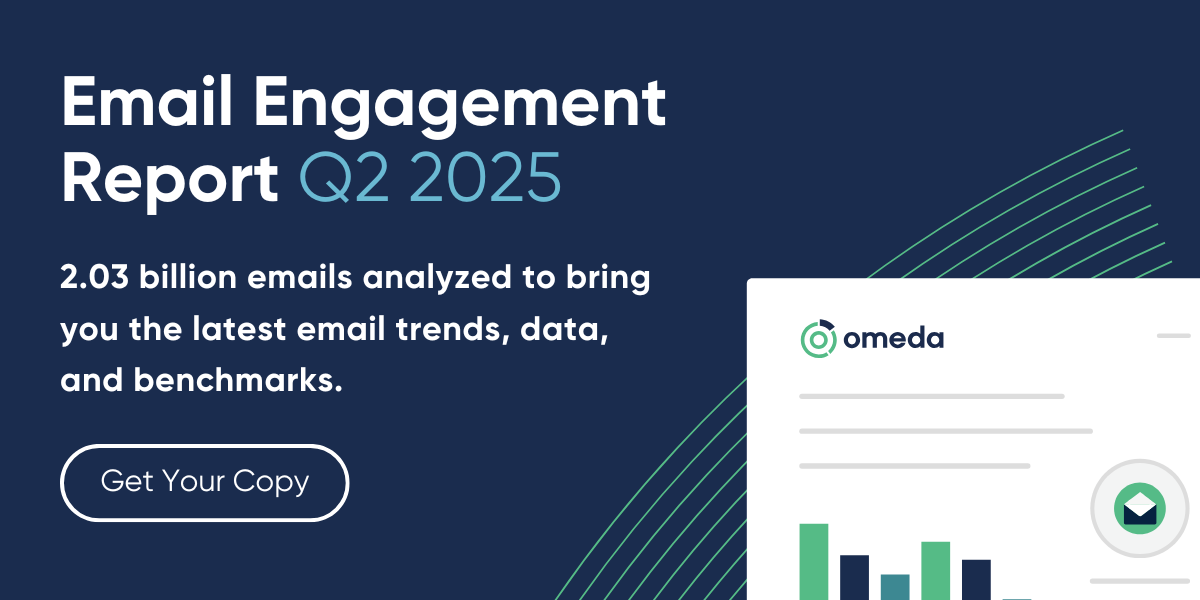Irrational exuberance
AI's trough of disillusionment
Summer is winding down. A busy fall approaches. A preview:
- The Rebooting and Piano will release new research next week on how revenue leaders are approaching “total monetization” strategies.
- The Rebooting is shifting its tech stack as part of a broader partnership. More on that next month along with the rationale.
- I’ll be speaking at the Piano Academy in Paris on October 1-2. Find out more here.
- We are doing more interactive programming, including members-only virtual events, invite-only roundtables and private dinners and breakfast forums.
- We are planning an AI x Media Forum for the late fall to focus on the topic of today’s newsletter: Real productive gains of generative AI in media businesses.
Get in touch if you want more information and ideally, let’s be honest, to discuss partnership opportunities. My email is bmorrissey@therebooting.com.

How your emails stack up

See how your email performance compares to other publishers in Q2 2025. Omeda’s latest Email Engagement Report breaks down industry benchmarks for newsletters, promotional emails, event campaigns, and more — based on 2 billion emails sent from our platform. You’ll also find a deep dive into click bot activity, so you can separate real audience engagement from inflated metrics. Whether you’re refining content strategy or proving value to advertisers, this quarterly report gives you the context you need to make smarter email marketing decisions.
The utility of irrational exuberance
In December 1996, then-Fed chair Alan Greenspan described the run-up in tech stocks in the early stages of the Internet boom as “irrational exuberance.” Greenspan’s warning became synonymous with the dot-com crash, although at the time, its impact was muted. The Nasdaq quadrupled between his warning and its peak in March 2020, when the unwinding began.
Greenspan’s warning wasn’t even about the Pets.com vintage of dot-com excess. It was about the infrastructure companies that were building out the foundations of the internet.
The parallels between the early internet and the current AI mania are inexact but directionally similar. Booms generally lead to a flood of capital, some of which is inevitably misallocated, and infrastructure investments that are excessive. There is always a lag, unless the boom is purely speculative like tulipmania in the 1630s or Bored Apes in ZIRP.
Gartner famously identified the lag as the trough of disillusionment, a temporary period in which naysayers have their day and investment gets more focused. This serves as a needed colonic as the the frontal fumes of animal spirits tend to steer even sensible people into getting the vapors and needing the fainting couch. As the Nasdaq went down, broadband connections went up. Productivity gains materialized. We got Amazon and Google and the rest. The froth was simply part of the process. Capitalism is messy.
There are signals we are entering the early stages of this phase now with AI. The hyperventilation on podcasts about covering Spain with solar panels to power data centers is reliably escalated to going direct: put them near the sun and the data centers in space. Duh. Sometimes it feels like we have marshaled our collective capital and resources in service of comic book fantasies of overgrown children who spent too much time indoors.
AI reluctance tends to center on its anti-humanist DNA. There is an understandable moral disgust at AI engines reducing human ingenuity, insight and art to… data. I am a sucker for dubious studies that try to pinpoint the professions most at risk of AI displacement. It seems like most, depending on the study. Learn to code has become learn to be a plumber. Or learn to be an AI researcher that gets $250 million pay packages. Wait, no, AI will be doing its own research, back to plumbing.
AI doomerism is a reliable marketing strategy. A technology so powerful it will lead to 15 years of dystopia starting in 2027 is a good entree to selling into the enterprise.
Right or wrong, that takes a backseat to whether all this spending results in increased productivity. The brewing disillusionment comes from the impact lag. The people in Berkeley skipping retirement savings because we will soon live in Superabundance powered by Superintelligence™ are contrasted with those who find these tools as marginal improvements with plenty of kinks to work out. AI researcher and AI realist Gary Marcus is taking a victory lap for his warnings that AI had become a supercharged marketing slogan as models hit scaling walls. You can only dine out for so long on airy predictions AI will replace doctors at some arbitrary point in the future.
Lived experience backs up this skepticism. I was very glad to be able to take photos of menus in Belgrade and translate them myself this week. It saved me from making an educated guess or having to ask for an English menu. It is a marginal enhancement in a variety of areas of information retrieval. Nothing I’ve experienced is leading me to wipe out my 401(k).
ChatGPT is a useful tool for, say, hunting down the date of Greenspan’s quote and the Nasdaq’s subsequent performance. It is useful for finding quotes in AI-produced podcast transcripts. I rely on it for parsing survey data for research reports and finding common themes in interview transcripts. I also do not trust it because it makes up quotes regularly and conflates numbers. Time saved is mitigated by double checking its work. I find myself admonishing this glorified autocomplete toaster for being a cavalier confabulist, then wonder if we should really turn over cancer screening to these tools.
I’ve experimented with using ChatGPT as a writing assistant. Your mileage may vary, but I find it middling to poor, even trained on all of my writing. We all have the experience of scanning the AI-written LinkedIn posts that carry all the hallmarks. The excessive em dashes, and the it’s-not-this-it’s-that phrasing. For some reason, it likes to tell me things are “no noise, all signal,” and has this misbegotten idea I want to turn everything into a Notion. I often feel like a frustrated Garfield dealing with an animatronic Odie.
AI maximalists will find all this user error. And that is the typical response to the emerging evidence that companies are finding their early AI investments to be mostly a waste. The headline of the MIT study was seized on by AI doubters: 95% of Gen AI projects are failing. Dig a bit deeper and the reason boils down to human resistance and organizational. Perhaps that’s our survival instincts kicking in. The common refrain from the capital allocator podcasters is AI won’t take your job, someone using AI will. They do seem to like Hunger Games for others.
The downsides of AI answer engines depressing traffic (and leading to embarrassing fabulism) have not been mitigated by productivity gains. The promise of AI taking on much of the unglamorous and essential work in managing audience data, tagging and workflow haven’t materialized for most. In a survey The Rebooting completed in the spring, only 13% said gains from AI have been significant. The same number judged their organizations to be “AI ready.”
The disconnect between the massive spending on data centers and compute and tangible gains cannot last forever, of course. FOMO will get you a long ways but doesn’t last forever. These data points cannot be reconciled in the long run:
- Investments in generative A.I. by businesses are expected to increase 94 percent this year to $61.9 billion, according to IDC
- McKinsey says 8 in 10 companies have AI projects and the same amount say they don’t have impact.
The AI safety fears in the near term aren’t a rogue agentic AI toaster destroying the world trying to make paper clips, but a massive bubble taking down the stock market it dominates. The economy is currently propped up by data centers and health and social services. That’s hardly ideal.
Sam Altman, coming off a humbling debut of GPT-5 that he overhyped in typical tech carnival barker style, suggested there is an investment bubble. He deceived bubbles as when investors get “overexcited” about something real happening. This is someone who suggested a case a year ago for spending $5-7 trillion on AI infrastructure. Wonder why these money people got so hot and bothered.
The pragmatist sees this as both silly and not necessarily bad in the long run, even if we endure a financial downturn. The intercontinental railroads and broadband booms both led to overcapacity in the short term. The aftermath of the dot-com implosion was refreshing because it washed out a lot of idiocy and opportunists (the course sellers of those days) while the broadband infrastructure was used to build a massive digital economy that in many ways over-delivered on what was seen as out-of-touch promises of the dot-com hucksters.
Thanks for reading. Get in touch by hitting reply.



